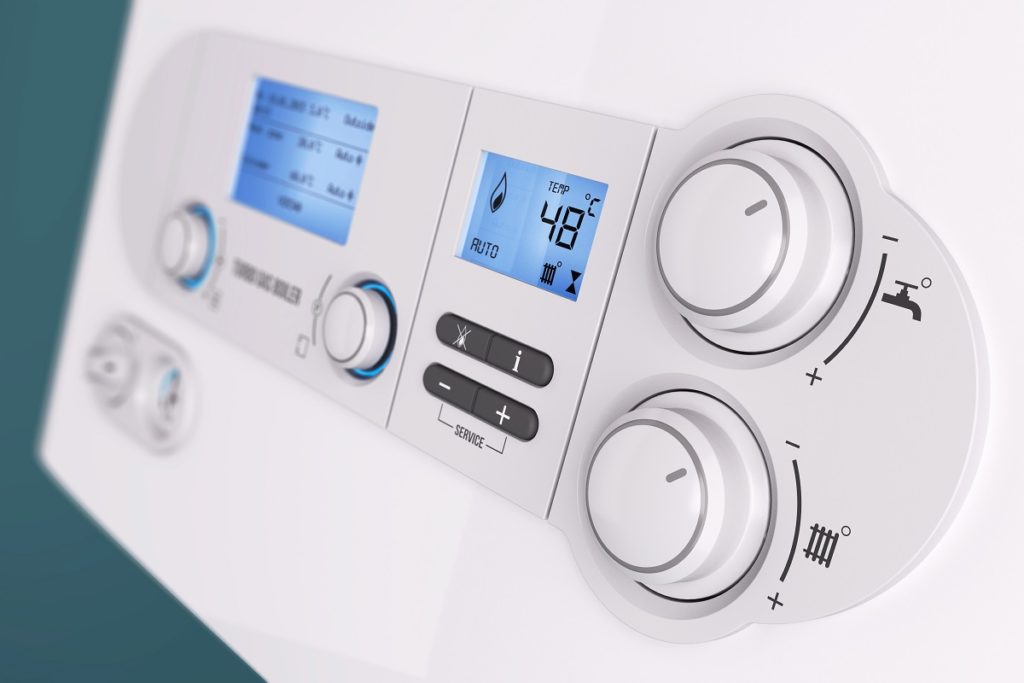2017 saw the rise of energy production and consumption around the world. The United States’ electric production and consumption, however, went down. Enerdata’s Global Energy Statistical Yearbook 2018 reports that the demand for electricity in the US was low in 2017.
A possible explanation is that Americans are shifting to alternative energy sources like solar and geothermal. Many do it to be sustainable and help preserve the environment. There’s another reason, however, to which every household in American can relate: the increasing prices of electricity. Electricity now costs 13.31 cents per kilowatt-hour, up from 12.90 in 2018.
This increase could be a problem for people on a tight utility budget. They can, however, keep their electricity bills low if they reduce their use of ACs and heaters. The US Energy Department says heating and cooling contributes about 48 percent of a typical home’s electricity bill.
Finding ways to regulate indoor temperature without depending on ACs or heaters is the key to keeping electricity bills low. Take a look at the tips below.
Block the Sun: Ways to Keep Cool
Planting fast-growing trees around the house can help block the heat from the sun. Thick shrubs on the side facing the street can also keep out the heat emanating from the asphalt.
Extended eaves are a useful feature as they can block the afternoon sunlight from entering through the windows. Permanent window awnings are also a good alternative. Motorized window awnings, in particular, are ideal because homeowners can retract them when not in use.
For rooms that get a lot of sun in the mornings and afternoons, blackout curtains can keep the light and heat out. Double-lined curtains can also block sunlight and add color to the room.

Also, open the windows and blinds at night (when the air is colder) and close them during the day (when the air is hotter). Warm air intensifies towards noon, and it likely won’t cool down until around 4:00 or 5:00 PM. Opening the windows while the sun shines permits the warm breeze to circulate, chasing away the cold air that remained from the evening. So, keep those windows shut unless the wind outside is cooler than the temperature indoors.
Keep the Heat In: How to Raise Indoor Temperature
Keeping a house warm without turning on the thermostat (or at least put off turning it on for at least an hour) is possible with enough insulation. Rugs, carpets, tapestries, and door and window draft stoppers help keep the heat from escaping and the cool, outdoor air from entering.
Remember those blackout curtains? If they’re made of wool, they can double as thermal curtains. They contain the heat in a room just as effectively as they prevent sunlight from penetrating it. Other thermal curtains have built-in insulation or reflective layers that deflect heat, keeping it indoors.
Houses that are still inexplicably cold even with the heating on might have heat leaks in the roof and walls. These could be cracks, gaps in the windows and door frames, faulty ductwork, and missing or damaged insulation panels. By patching up these leaks, a household can save 10 to 20 percent of its annual heating and cooling costs.
By being smart with their home upkeep and decorating choices, homeowners can keep their indoor temperatures at comfortable levels without the burden of high electricity bills. They can weather the continuing increase in electricity prices.

